Tues-Fri: 11am-7pm Sat: 10am -6pm or by Appt Sun-Mon: closed
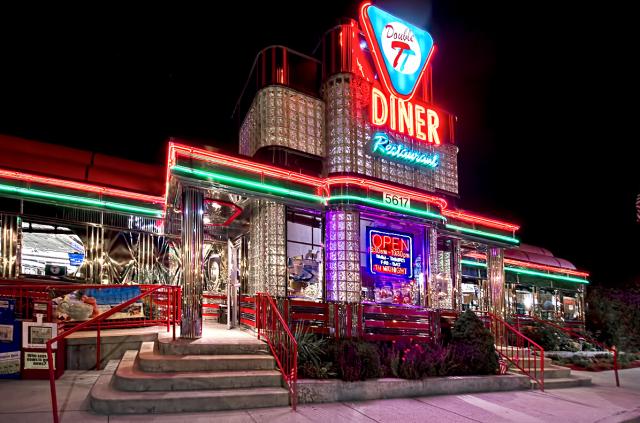
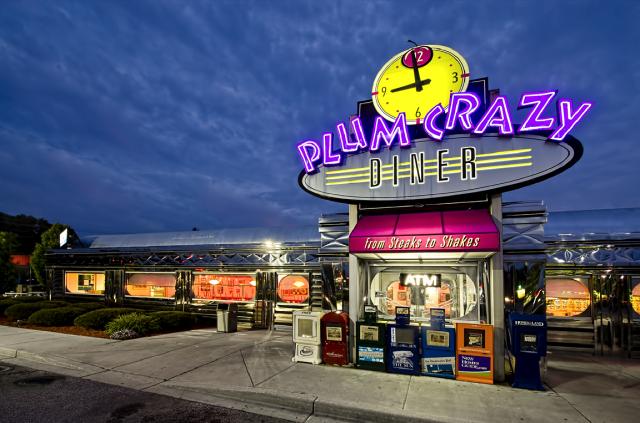
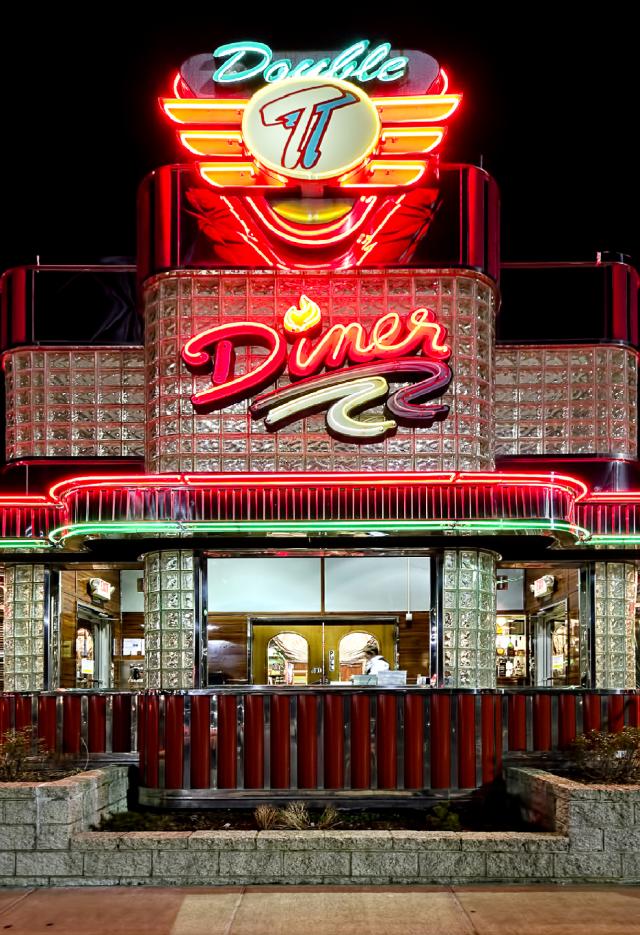
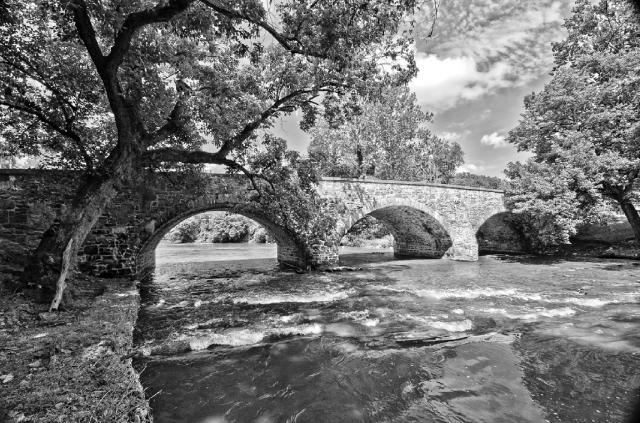
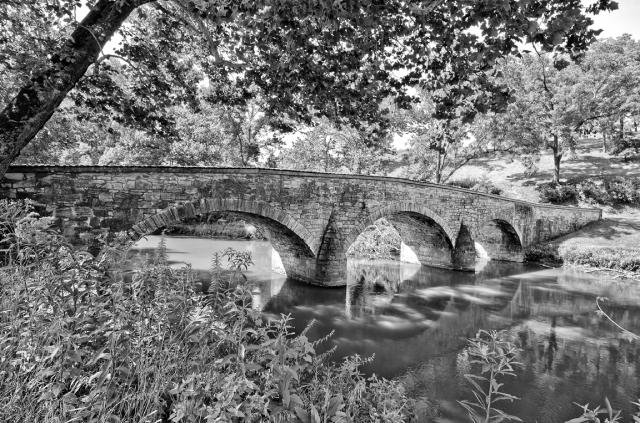
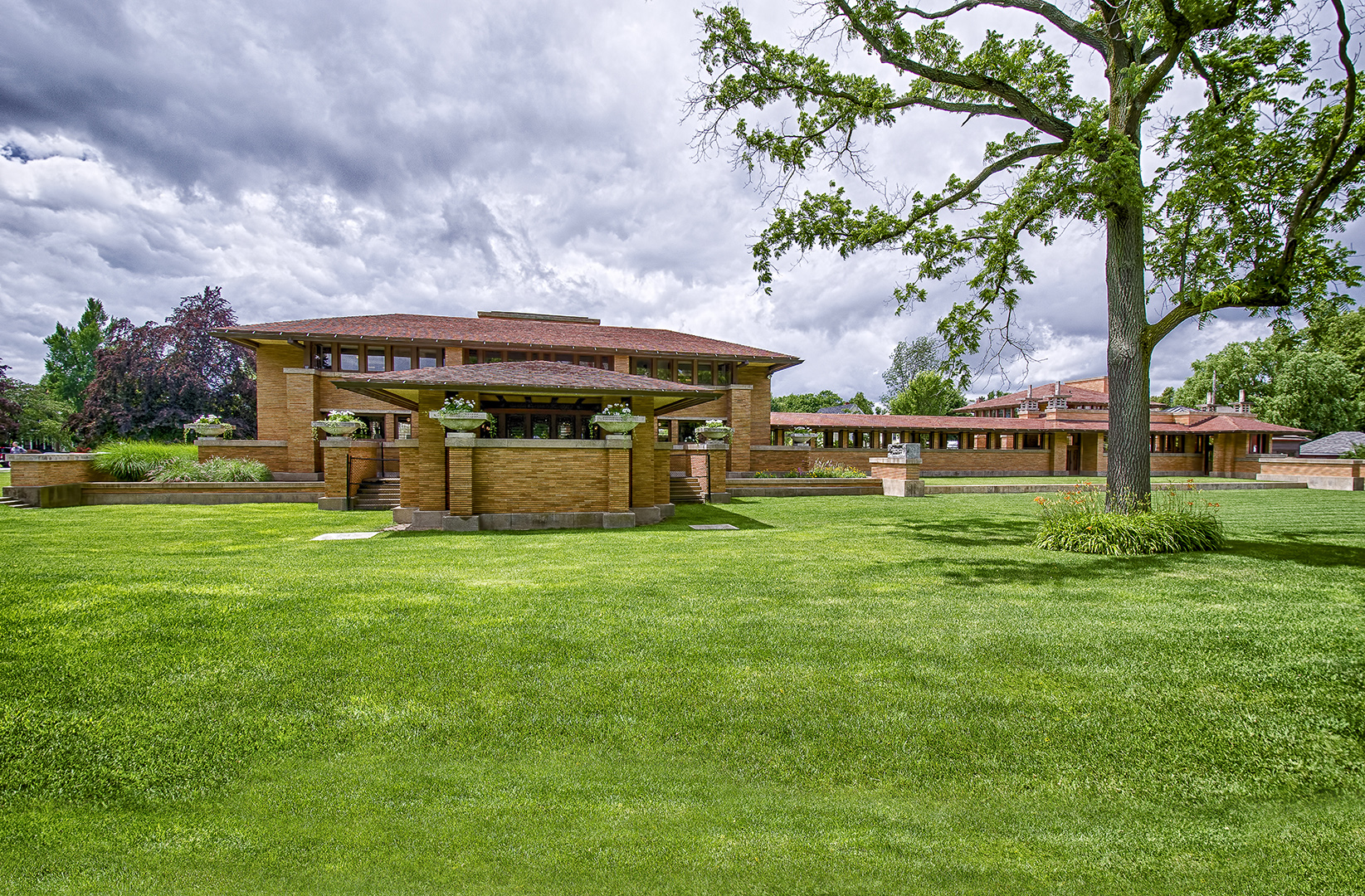
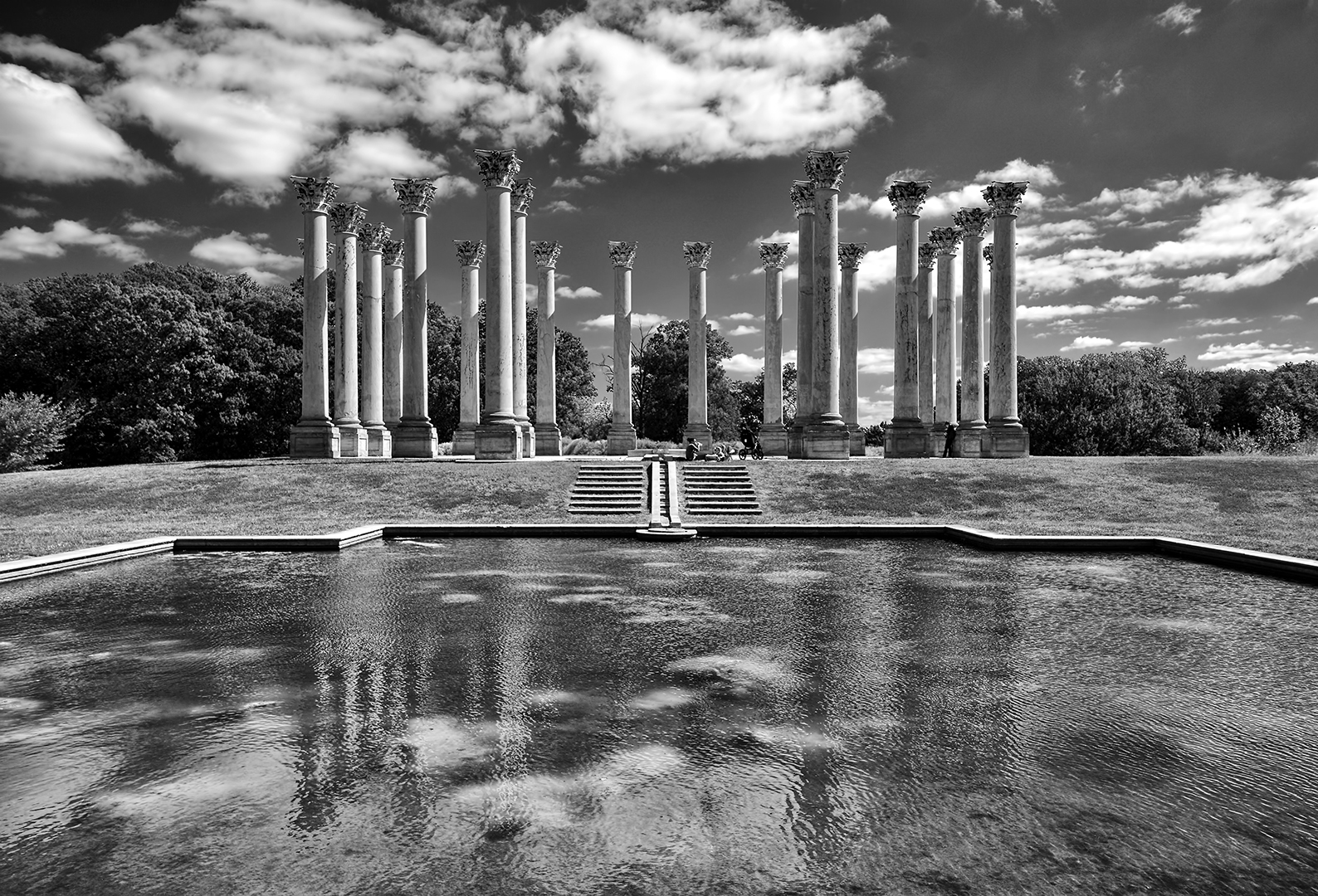
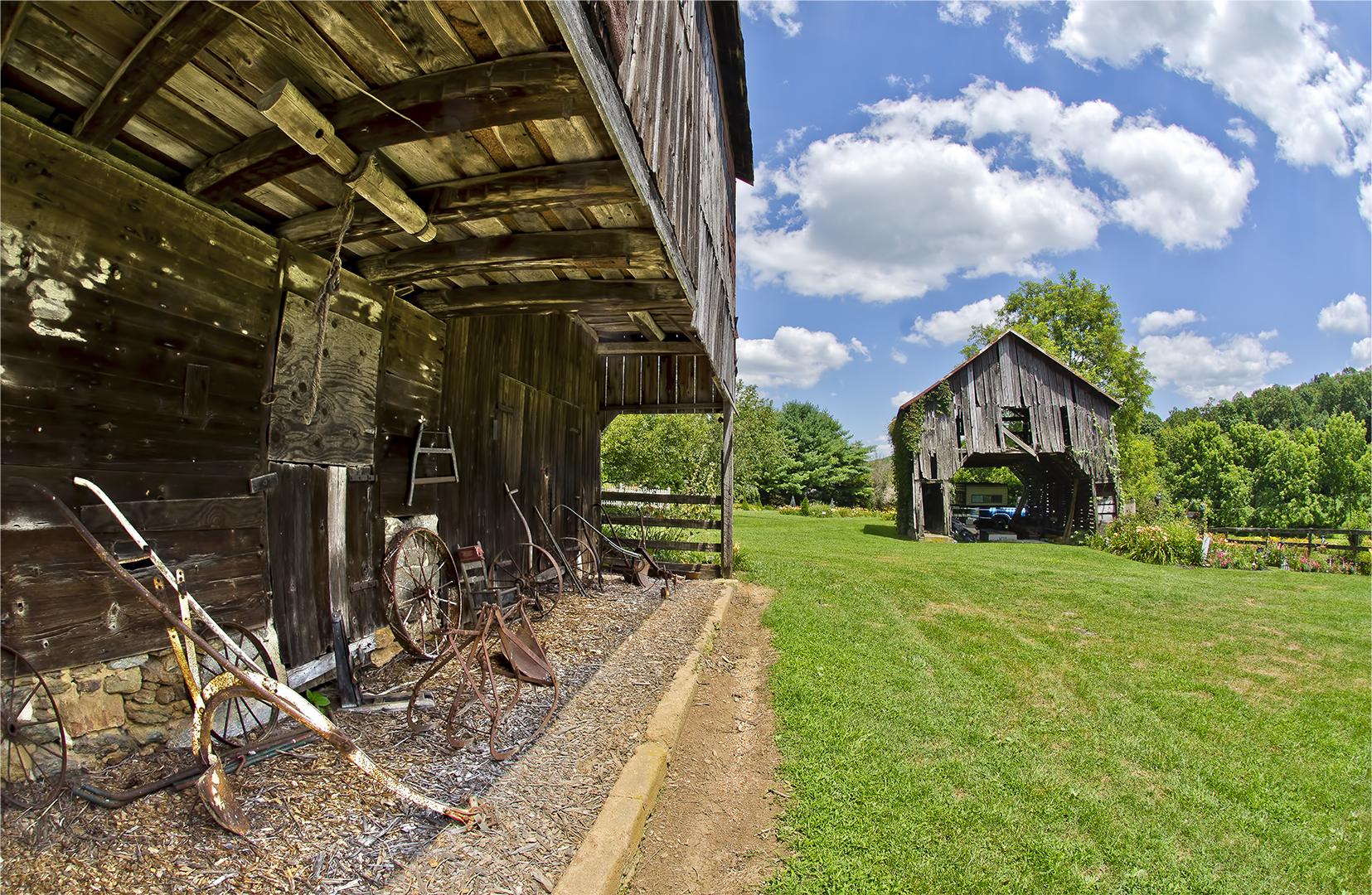
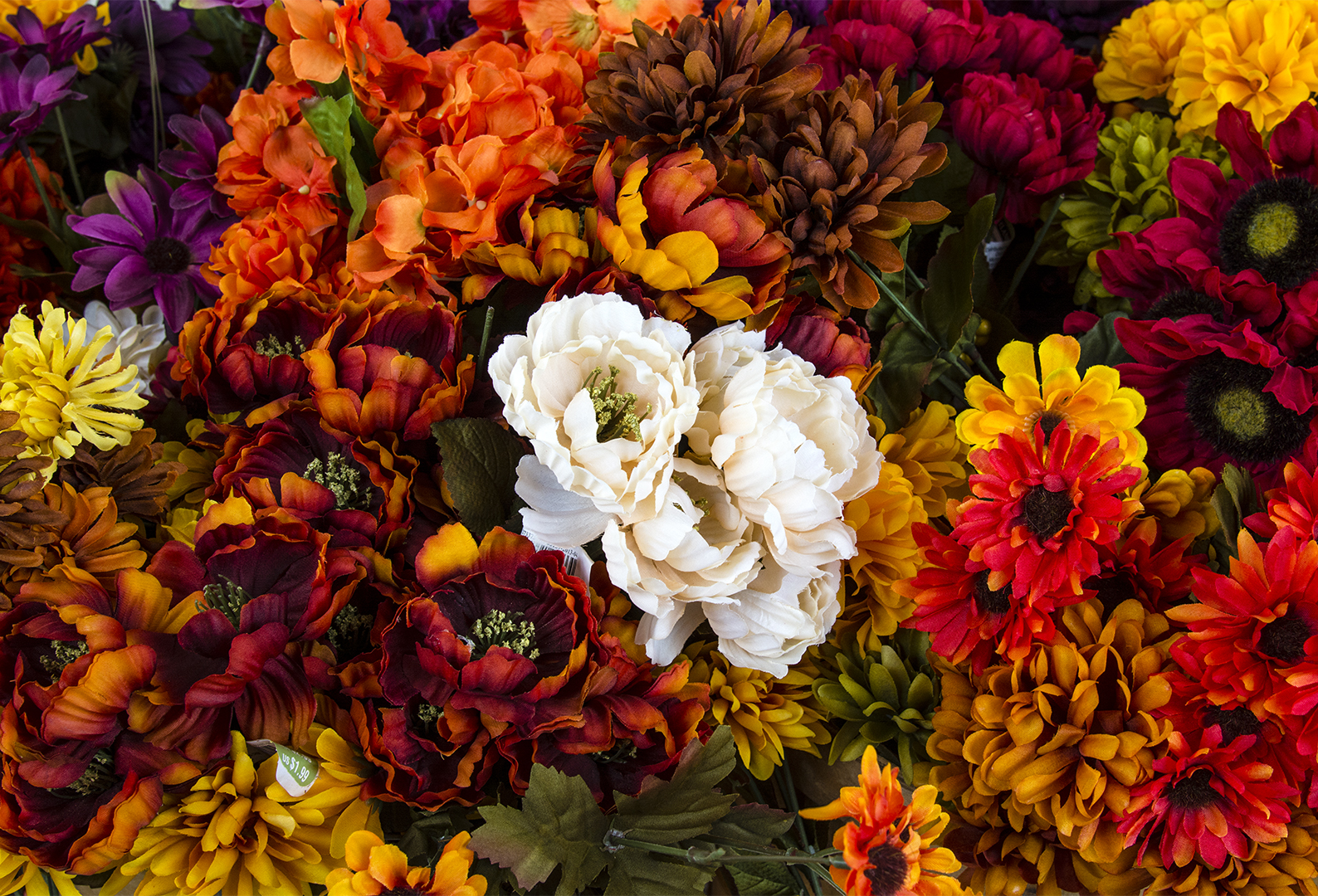
The Washington County Arts Council, Inc. is funded by an operating grant from the Maryland State Arts Council, (MSAC), an agency dedicated to cultivating a vibrant cultural community where the arts thrive. An agency of the Department of Business & Economic Development, the MSAC provides financial support and technical assistance to nonprofit organizations, units of government, colleges and universities for arts activities. Funding for the MSAC is also provided by the National Endowment for the Arts, a federal agency, which believes that a great nation deserves great art. Additional funding is also provided by Washington County Government and generous businesses, organizations and individuals.
The Washington County Arts Council is a proud member of County Arts Agencies of Maryland, Maryland Citizens for the Arts and Americans for the Arts.